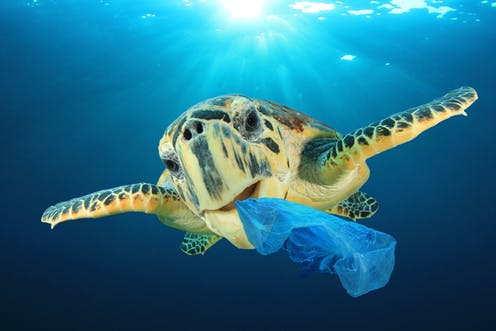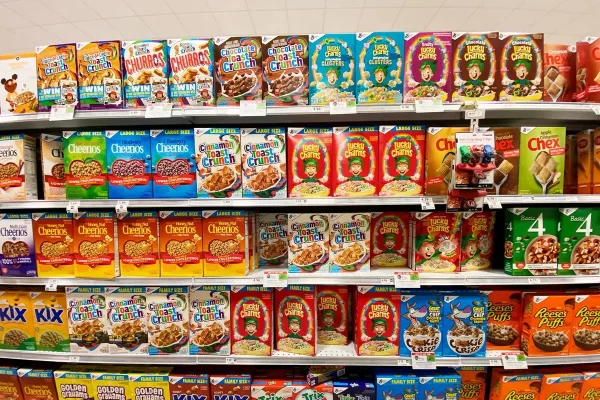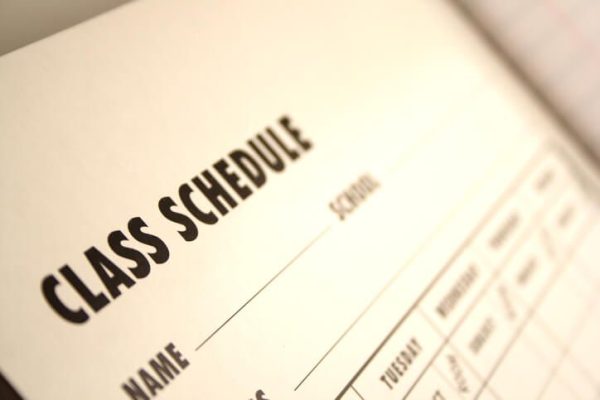Our Environment

October 1, 2019
Plastic is the most popular form of debris in the ocean, up to 10% of plastic is floating throughout our ocean with 70% sinking to the bottom and damaging life on the seabed! Plastic touches all of our lives, from the food packaging we buy to the computers we work with and the cars we drive. But many of the plastics you touch in your daily life are used only once and then thrown away. Plastic has been found in more than 60% of all seabirds and in 100% of sea turtles species, that mistake plastic for food. And when animals ingest plastic, it can cause life-threatening problems, including reduced fitness, nutrient uptake and feeding efficiency—all vital for survival.
More than 8.3 billion metric tons of plastic has been produced globally in the last 70 years, Dianna Cohen, CEO of the Plastic Pollution Coalition, told ABC News. Every year, 8 million metric tons of plastic enters the ocean, according to a 2016 study published by the World Economic Forum. This equates to a garbage truck full of plastic being dumped into the ocean every minute, and if the trend is not upended, that number could increase to four dump trucks of plastic entering the ocean every minute, the study predicted.
There is actually an island of trash floating throughout the Pacific Ocean called The Great Pacific garbage patch, also described as the Pacific trash vortex, is a gyre of marine debris particles in the north central Pacific Ocean. 60-90% of marine life is plastic based. More than 50% of sea turtles have eaten plastic. The amount of plastic in the world’s oceans could increase by a factor of 10 in the next decade.












